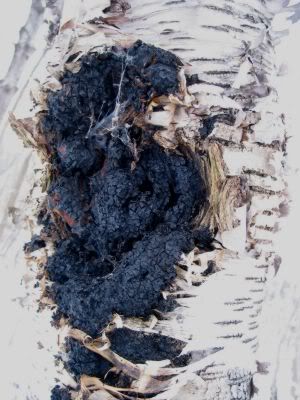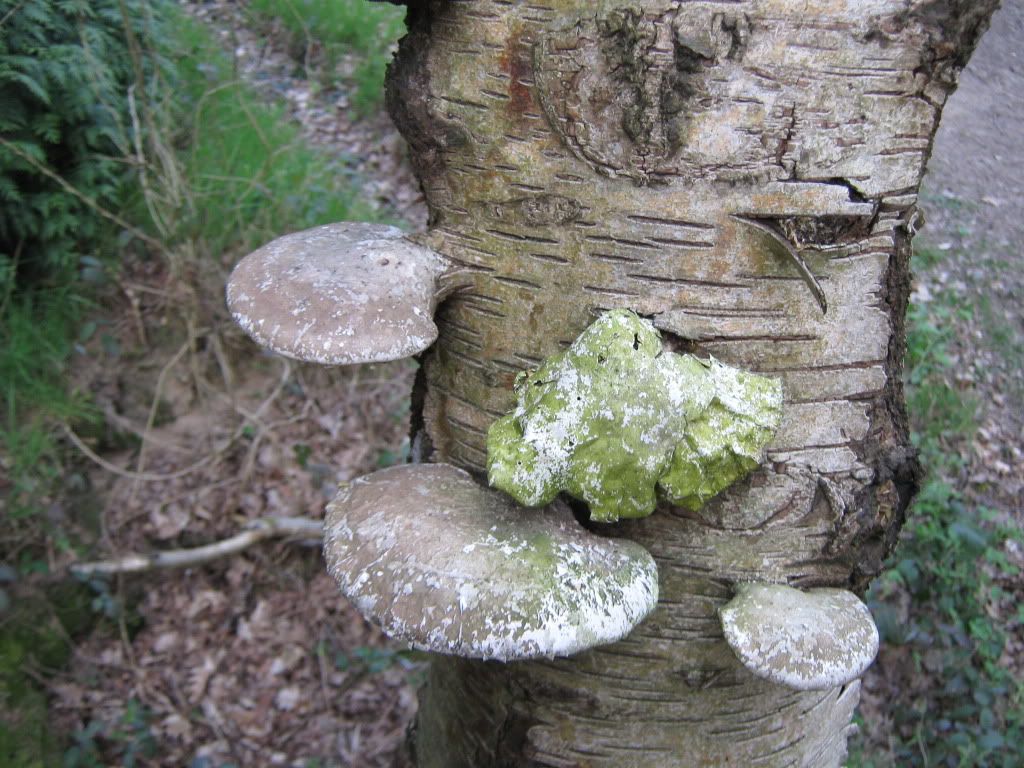I've just finished reading Journey to the Northern Ocean by Samuel Hearne, and he had some interesting things to say about funguses used in northern Canada during mid-18th century. Those of you who live where birch trees or poplars grow might find his comments useful, or at least interesting.
Speaking of some Indians they met who had traveled westward to find some woods with birch trees, he said:
Spence
Speaking of some Indians they met who had traveled westward to find some woods with birch trees, he said:
.... and as their woods contain no birch-trees of sufficient size, or perhaps none of any size, this party had come so far to the Westward to procure birch-rind for making two canoes, and some of the fungus that grows on the outside of the birch-tree, which is used by all the Indians in these parts for tinder. There are two sorts of these funguses which grow on the birch-trees; one is hard, the useful part of which much resembles rhubarb; the other is soft and smooth like velvet on the outside, and when laid on hot ashes for some time, and well beaten between two stones, is something like spunk. The former is called by the Northern Indians Jolt-thee, and is known all over the country bordering on Hudson’s Bay by the name Pesogan*, it being so called by the southern Indians. The latter is only used by the Northern tribes, and is called by them Clalte-ad-dee.
*The Indians, both Northern and Southern, have found by experience, that by boiling the pesogan in water for a considerable time, the texture is so much improved, that when thoroughly dried, some parts of it will be nearly as soft as spunge.
Some of those funguses are as large a a man’s head; the outside, which is hard and black, and much indented with deep cracks, being of no use, is always chopped off with a hatchet. Besides the two sorts of touchwood already mentioned, there is another kind of it in those parts, that I think infinitely preferable to either. This is found in old decayed poplars, and lies in flakes of various sizes and thickness; some is not thicker than shammoy leather, others are as thick as a shoe-sole. This, like the fungus of the birch-tree, is always moist when taken from the tree, but when dry, it is very soft and flexible, and takes fire readily from the spark of a steel; but it is much improved by being kept in a bag that has contained gunpowder.
Spence






